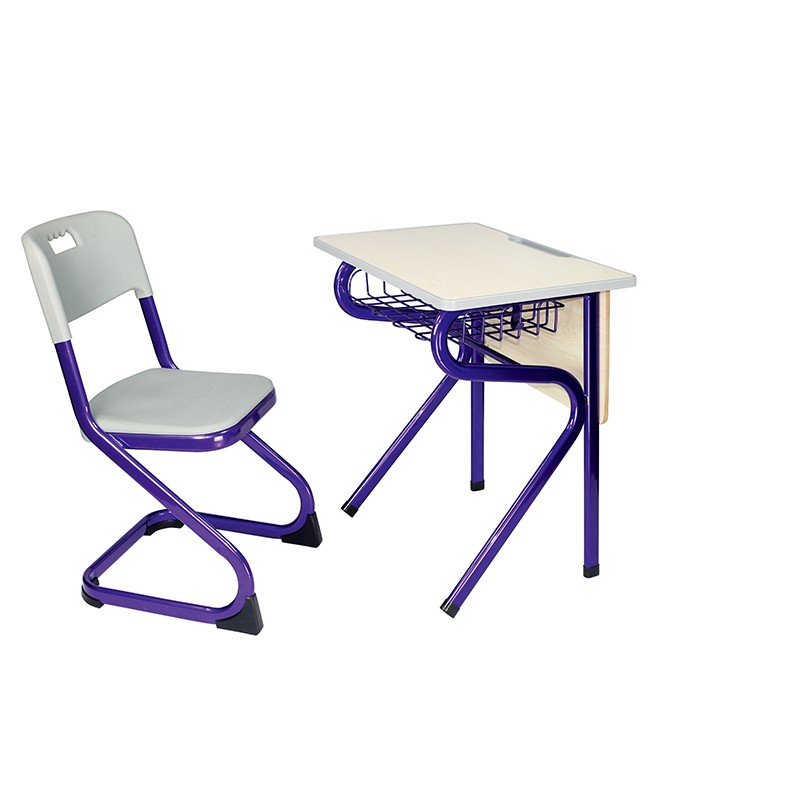Southeast Asia'S Private Education Boom Adjustable Desks Supplier Screening Strategy
With the release of Southeast Asia's demographic dividend and the loosening of education privatization policies, private schools are expanding at an annual rate of 12%, and the demand for desks and chairs is expected to exceed US$2.3 billion in 2024. However, the budget-sensitive school operators' demands for adjustable desks below $45 form a fierce game with the cost control and quality compliance of the supply chain.
一. Demand portrait: the "cost-effectiveness" formula of Southeast Asia's private education
1. Core procurement indicators
| Parameter | Private School Requirements | Traditional Supplier Pain Points |
| Unit-Price | US $45 (FOB Price) | Steel And Wood Structure Scheme Is Over Budget |
| Regulating Function | Height Adjustable (65-110cm) | Mechanical Structure Failure Rate Is 15% |
| Durability | The 5-Year Service Cycle | The Hot And Humid Climate In Southeast Asia Is Prone To Corrosion |
| Delivery Cycle | Admidia 30 Days | China Takes More Than 45 Days To Ship By Sea |
2. Compliance threshold
Basic certification: ISO 9001, ASTM F1858;
Localization adaptation: Comply with national standards such as Indonesia's SNI 8159 and Vietnam's TCVN 7472;
Environmental protection trend: Vietnam and Thailand require E1 formaldehyde emission standards.

二. Four-dimensional model for supplier selection: low cost ≠ low quality
1. Material innovation: breaking through the cost ceiling by replacing steel with plastic
Solution comparison:
| Material | Cost (USD / Set) | Durability (year) | Heat And Humidity Climate Adaptability |
| Traditional Steel And Wood Structure | 52-58 | 6-8 | Rust Corrosion |
| PP + Glass Fiber Reinforced Plastic | 38-43 | 5-7 | Moisture Proof And Anti-Deformation |
| Regenerate The HDPE Plastic | 35-40 | 4-5 | Anti-UV Agent Should Be Added |
AOYASI practice: PP+fiberglass structure is used in the Philippine project, and the weight is reduced by 30% through the skeleton hollow design, and the cost of a single set is reduced to US$41, passing the 50,000 lifting test.
2. Production mode: modular design + regional manufacturing
Optimal mode:
China produces core components and uses scale to reduce costs;
Local assembly in Southeast Asia saves 10%-15% tariffs;
Delivery time: Semi-finished products are stocked in regional warehouses, and the delivery cycle is shortened to 18 days.
3. Hidden cost control: from logistics to after-sales
Logistics optimization: LCL sea transportation is changed to land transportation;
After-sales cost: Suppliers are required to provide a 5-year warranty, and faulty parts are directly replaced in local warehouses.
三. Avoiding low-cost traps: 5 audit focuses for major suppliers
Material consistency testing:
On-site verification of glass fiber content in PP plastics to prevent recycled materials from being passed off as new materials;
Production process audit:
Check the stamping accuracy of the lifting column, as inferior gear sets are prone to jamming;
Compliance document verification:
Requires the provision of local certified originals such as Vietnam Vinacontrol and Indonesia Sucofex;
Cost structure penetration:
Break down the quotation sheet and lock in hidden costs;
Social responsibility assessment:
Avoid choosing factories that use child labor or violate environmental regulations to prevent brand-related risks.
四. Case: "$43 Optimal Solution" for Jakarta Chain Private Schools
Demand: Purchase 2,000 sets of height-adjustable desks, with a budget of ≤$45/set, and need to adapt to high humidity environments.
AOYASI solution:
Material innovation: PP+30% glass fiber reinforced structure, moisture-proof coating embedded inside the table legs;
Supply chain configuration: China produces core components, assembled in Batam, Indonesia, saving 18% in logistics costs;
Cost control: shared molds are used, and mold costs are reduced by 60%;
Results: unit price $43.5, delivery cycle 25 days, and three-year failure rate is only 2.3%.
五. Procurement Action Guide: Three steps to lock in high-quality suppliers
Demand precision:
Clearly adjust the frequency and load-bearing requirements to avoid paying for redundant functions;
Supply chain mapping:
Prioritize the screening of multinational companies with factories in Vietnam and Indonesia, which have both cost and compliance advantages;
Pilot order testing:
The first order is locked in 300-500 sets, focusing on testing the fatigue resistance of the table legs.


